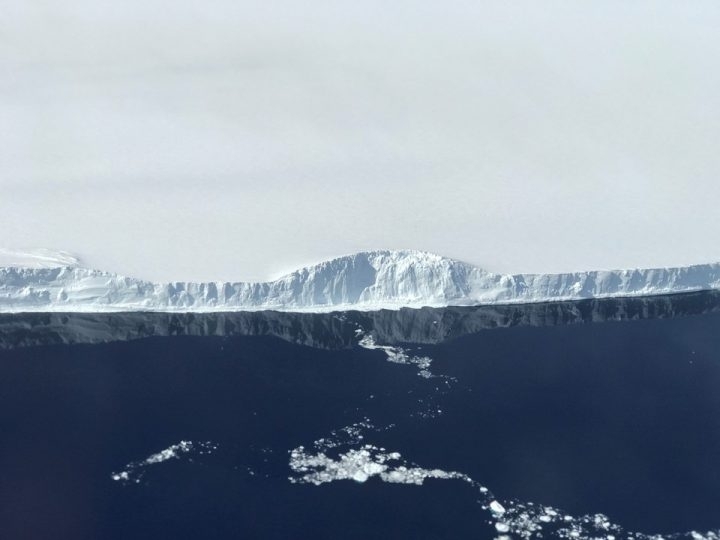Antarctica: Nasa shares first ever aerial close-up photos of trillion tonne iceberg
The photos mark the first time that the iceberg was seen by human eyes, having been previously spotted only by satellites.



Earlier this year, the largest ever iceberg, named A-68, broke off from Antarctica. Now, Nasa has captured incredible aerial shots of the massive trillion tonne iceberg. Nasa's Operation IceBridge flew a special aircraft over the Larsen C ice shelf, capturing several photos of the massive iceberg, which despite having broken off into smaller sections, remains one of the largest bergs on Earth.
Nasa's photos mark the first time that the A-68 iceberg was seen by human eyes, having only been previously spotted by satellites. As the berg floats father away from Antarctica, it continues splintering into smaller chunks. Although the iceberg does not pose much of an immediate danger, the calving event is expected to eventually exacerbate the issue of rising sea levels.
Mashable reported that with the rise in air and sea temperatures, the region's Antarctic ice sheet is now considered to be more vulnerable to melting. In fact, just weeks after A-68's so-called birth, scientists spotted new cracks on the Antarctic ice shelf.
"I was aware that I would be seeing an iceberg the size of Delaware, but I wasn't prepared for how that would look from the air," science writer Kathryn Hansen, who was on the flight that flew over A-68, wrote in a piece penned for Nasa's Earth Observatory. "Most icebergs I have seen appear relatively small and blocky, and the entire part of the berg that rises above the ocean surface is visible at once. Not this berg. A-68 is so expansive it appears if it were still part of the ice shelf."
In addition to taking photos of the massive berg, Nasa scientists also measured the depth of the water below A-68 using radar and a gravimeter. Operation IceBridge's mission provided scientists with the clearest images of A-68, which in turn will help them track and study its progress.
Last month, scientists discovered that the A-68 iceberg has an entire hidden ecosystem that has remained frozen for nearly 6 120,000 years.
From yesterday's #IceBridge flight: Icebergs and sea ice near the northern edge of the Antarctic Peninsula. pic.twitter.com/ud6o7H23w2
— NASA ICE (@NASA_ICE) November 5, 2017






















